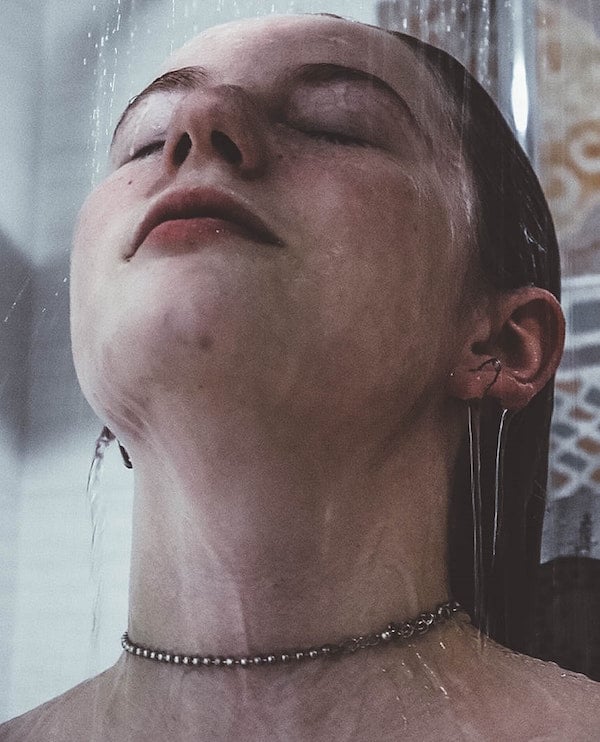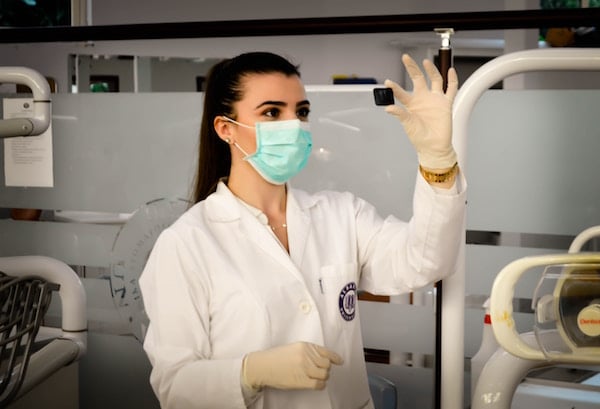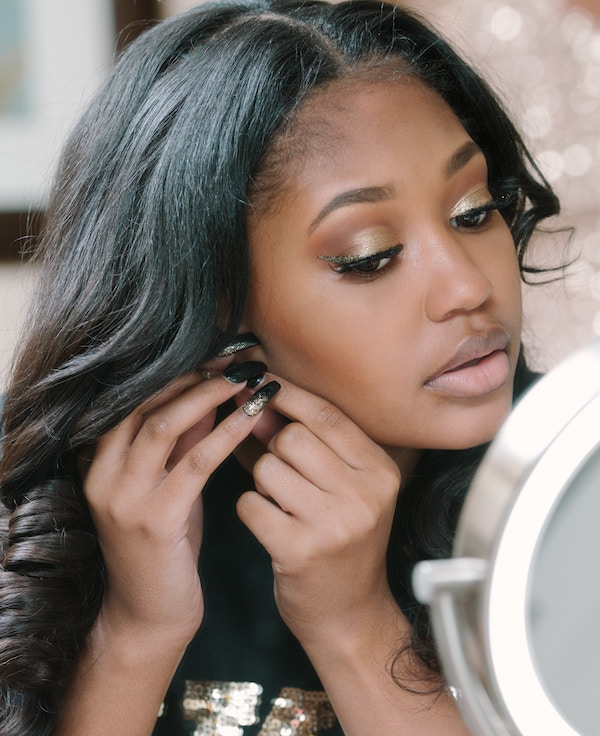By Meghan O'Neal
02/10/2020

When it comes to the piercing world, there’s a lot of conflicting information going around. Not only are there thousands of blog posts all giving their own advice (including ours), even the professionals tend to have differing opinions when it comes to certain aspects of your piercing. The truth is that, like any field that deals with the human body, new information comes about all the time, and what might have been considered true ten years ago might not be common practice today.
The good news is that, since the piercing world has grown so much in recent years, experts have been provided a larger data pool of piercees, and professionals are more confident than ever in current piercing practices. However, since a few things have changed, confusion abounds, leading to many common newbie mistakes.
Never fear; we’re here to help clear things up. Here are five common mistakes that new piercees make and what you should do instead.
The internet is filled with horror stories about piercings getting horribly infected, leading to disfigurement or hospitalization. After you hear those stories, you might be tempted to make sure that your piercing is the cleanest thing on your body and get a little crazy with your cleaning schedule.
The truth is that, as long as you choose a reputable piercer and you make sure that you’re cleaning your piercing 2 – 3 times daily (like brushing your teeth), then a piercing infection almost certainly won’t happen. Piercing infections only occur in extreme cases, so if you simply maintain good hygiene, you’ll be fine.

You might think that there’s no such thing as keeping your piercing too clean, and to some extent, you’re right. You should do your best to keep your piercing away from clothing, hair, and other bacteria-ridden objects, and you need to stay away from unclean environments, like swimming pools. However, overcleaning can cause more harm than good.
When you overclean your piercing, the skin around the piercing might get irritated. Besides being uncomfortable and a little unsightly, it could prolong healing times, cause complications like scarring or jewelry rejection, or start to bleed which opens it up to infection-causing bacteria—the exact opposite thing you want to do.
Do yourself a favor, and stick to the cleaning schedule your piercer gives you.
It’s not uncommon to develop small bumps around your piercing. When this happens, it’s easy to panic and turn to the internet for answers. (Anyone who has used WebMD to self-diagnose a problem can probably tell you that this is a bad idea, but we’ve all been there.)
Piercing bumps can be a large number of things. Anything from slight skin irritation to hypertrophic scarring are possible culprits, and the cure to the vast majority of these is to simply give them time to heal on their own (and possibly cut down on your aftercare regimen if you’ve been overcleaning).

But then, you might uncover the scary word: keloid. These large bumps are massively misunderstood by piercers and piercees alike. Unlike other piercing bumps and scars, keloids won’t go away, and they’ll require surgery in order to remove them. They’re big, they’re ugly, and they aren’t something that you want to develop. However, they’re also super rare and the result of genetics. So, don’t worry. If you’ve never suffered from keloids before, we can almost guarantee that your piercing bump isn’t a keloid.
When it comes to piercing bumps, the best solution is to simply go to your piercer and have them take a look. They’ll be able to tell you what kind of bump it is and what you need to do to get rid of it (even if it means simply being patient).
Back in the day, we were taught to twist the jewelry in our new piercings every once in a while to break away crusties and prevent your skin from growing onto the jewelry. This has since been proven to be a terrible practice based on misinformation (your skin won’t grow onto the jewelry), and the opposite is now true: leave your jewelry alone as much as possible.
If you, like many of us, sat down in that piercer’s chair in a mall store as a preteen and got pierced with a piercing gun, you might be tempted to twist your jewelry, since that’s what you did when you got your lobes pierced. You must resist; twisting the jewelry can cause more harm than good since it might irritate the delicate healing skin.
Instead, when you develop crusties around the piercing, you can gently dab them away with a damp, clean paper towel.
The thing about piercings is that they’ll appear healed before they are. Your piercing might feel and look great, but there’s still important healing to be done internally. You need to maintain piercing aftercare practices and refrain from changing your jewelry until the piercing has fully healed. Otherwise, you risk developing complications that could prolong healing even more.

The full recommended healing period might have already passed, and your piercing still isn’t healed. Everyone heals at different rates, and just because the healing times are common doesn’t mean that it will apply to you.
We always recommend that you visit your piercer to take a look at your piercing before stopping aftercare practices or trying to change the jewelry yourself. It’s always better to be safe than sorry, and when you’ve made it so far through the healing process, you don’t want to mess things up at the very end.
Almost everyone has their own piercing story. If something starts to go strange with your piercing, you might be tempted to first reach out to your friend who has the same piercing and see what they have to say.
The problem is that everyone heals differently, and what worked for your friend might not work for you. Sure, they might have taken a needle to themselves and had no problem healing their helix piercing, but that does not mean that the same will be true for you. (In fact, they were pretty lucky that something didn’t go wrong.)
No one knows your body better than you do, and if you feel as though something is wrong, seek out help. Piercing professionals can often help you with minor issues, but if things feel especially off, don’t be afraid to talk to a doctor. When you think your piercing is healed, always have a piercer take a look. Don’t ask your friend Becky, even if she’s been pierced dozens of times.
The truth is that piercings are very low risk, and as long as you take care of your piercing, you shouldn’t see extreme complications. However, scarring, irritation, and rejection are all often side effects of poor aftercare practices based on misinformation, so you should make sure that you fully understand the aftercare regimen provided to you by your piercer. And, if you have any questions, don’t be afraid to reach out to your piercer. They want your piercing to see success just as much as you do.
One last newbie mistake piercees make is to choose standard, boring body jewelry to wear in their new piercing. You’ll be stuck with this jewelry for a while; why not go for some prettier choices? Here are some great starter jewelry options featuring stunning 14k gold and gorgeous additions.
Leave A Comment